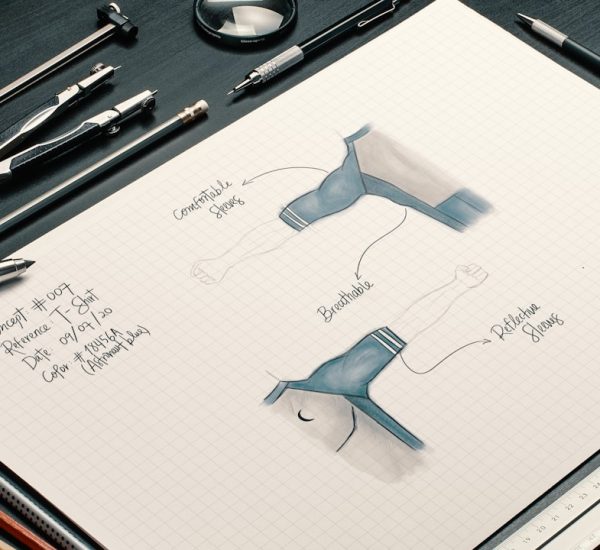USB-C has quickly become the modern standard for data transfer, charging, and even audio and video output across a wide range of devices. But with laptops and mobile devices becoming sleeker, manufacturers often provide only a few USB-C ports—sometimes just a single one. This limited connectivity raises a practical question: Can you split a USB-C port into two? Let’s explore the mechanics and practicality of splitting USB-C ports and whether it’s a viable solution for boosting connectivity.
Understanding How USB-C Works
To appreciate how, or even if, USB-C can be split, we need to understand how it works first. USB-C is more than just a new connector shape—it supports a multitude of protocols such as:
- Power Delivery (PD) – for fast charging large devices like laptops
- DisplayPort and HDMI – for video output
- USB 3.1/3.2 and Thunderbolt 3/4 – for high-speed data transfer
This versatility also means that the capabilities of a USB-C port are largely determined by the hardware it connects to, which complicates the idea of simply “splitting” it.
Can You Actually Split a USB-C Port?
The answer is both yes and no, depending on what you’re trying to achieve with the split. Unlike older USB standards where splitting simply resulted in slower data transfer per port, USB-C’s multifunctionality requires more than a basic Y-cable to split effectively.
There are generally two approaches to splitting USB-C:
- Using a USB-C Hub
- Using a Dual USB-C Splitter
1. USB-C Hubs
These are the most common solution for expanding one USB-C port into multiple connection types—like extra USB-A ports, HDMI, SD card readers, and even Ethernet.
USB-C hubs typically handle power delivery, data transfer, and video output from a single USB-C port, depending on the hub’s capabilities and bandwidth limits. However, they don’t “duplicate” the USB-C port; rather, they reroute and distribute the port’s various functions to other compatible ports.

These hubs are ideal for stationary setups, such as work-from-home desks, or even for travel, offering convenience and expanding your device’s versatility without adding bulk.
2. Dual USB-C Splitters
True USB-C splitters that let you plug one USB-C cable into two separate USB-C devices are rare and very situational. This setup may not work reliably because:
- The connected device has to be able to manage multiple power and data streams simultaneously.
- The total bandwidth of the original port is shared between the two outputs, which may limit performance.
- Not all devices—and certainly not all operating systems—can adequately handle two-way communication from a split port.
As a result, these splitters are usually sold as charging-only solutions or designed for very specific use-cases such as specialized camera kits or dual charging setups.
Things to Consider Before Splitting USB-C
Before rushing to buy a USB-C splitter or hub, keep the following in mind:
- Purpose of Use: Are you splitting for data, power, video, or multiple functions?
- Device Compatibility: Not all laptops or phones support video output over USB-C, even if the port physically fits.
- Bandwidth Limitations: Remember, you’re sharing a finite amount of data and power through a single pipe.
- Heat and Power Draw: Hubs and splitters can consume extra power and generate heat—especially under heavy loads.

Choosing a high-quality hub or splitter that’s compatible with your device’s specifications is key. Avoid ultra-cheap options; they may not meet data integrity or power standards, and sometimes cause more harm than good.
Are There Advanced Options?
For high-performance applications, Thunderbolt 3 or 4 docks are often used instead of basic USB-C hubs. These allow full-scale expansion including dual 4K monitors, high-speed external drives, and charged peripherals—all from a single port. Devices that support Thunderbolt do cost more but offer nearly seamless performance with the right accessories.
Conclusion
So, can you split a USB-C port into two? In some ways, yes—you can extend its capabilities through smart hubs and docks. But it’s not as straightforward as old-style USB port splitters. USB-C’s layered complexity means that some “splits” only work for certain functions like charging, while others need dedicated hardware to maintain data and video signal integrity.
With the right tools and understanding, you can absolutely expand what your lone USB-C port can do—just be prepared to make a small investment for reliable and efficient results.



